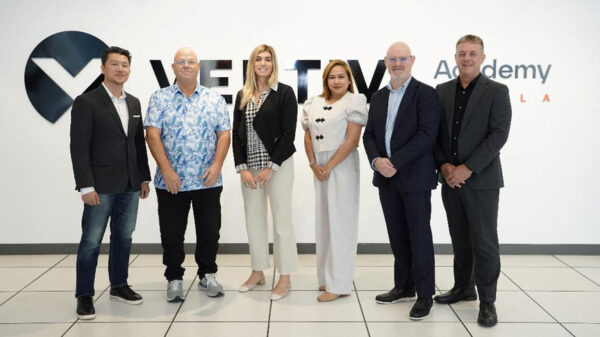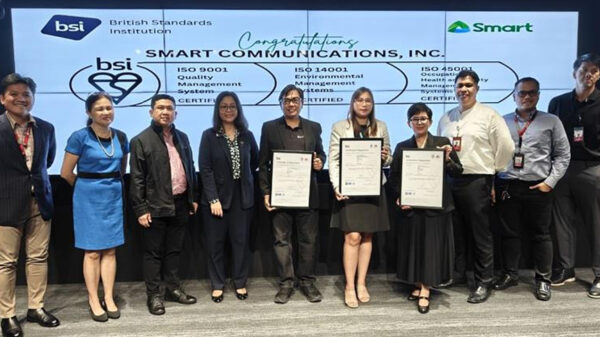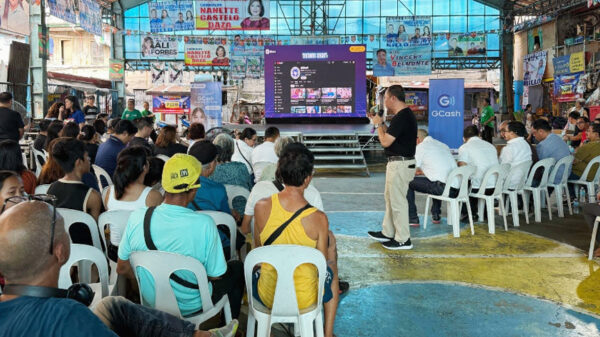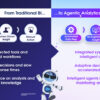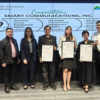Huawei has once again made it onto CDP’s A List for its ongoing transparency and efforts in combating climate change. This is the fifth year in a row that Huawei has been listed in the Leadership band (A/A-). CDP (formerly the Carbon Disclosure Project) is a prominent international non-profit organization working on environmental impact management. It also awarded Huawei the title of “Supplier Engagement Leader.”
In April, Huawei was invited to attend the “Embracing International Disclosure Standards and Amplify the Voice of Chinese Companies – CDP China 2023 Annual Report Release and Award Ceremony” jointly organized by CDP and the Shanghai Climate Week Corporate Action Committee.
Tao Jingwen, Huawei’s Board Member and Chairman of the CSD Committee, said: “Huawei believes that digital technology will be a key enabler of nature conservation, green development, and responses to environmental challenges. We have already seen how digitalization and decarbonization can build upon each other to promote green development. We will work with our global customers, suppliers, and partners to explore the optimal way to build a low-carbon and circular economy, and to enable a green value chain through innovation.”
Sherry Madera, CEO of CDP, said: “Congratulations to all the companies on CDP’s A List, and those companies that started or accelerated their journey towards environmental transparency in 2023. Earning a place on the A List is about more than the score. It’s an indication of high-quality, complete data that equips companies with a holistic view of their environmental impact, serves as a baseline for transition plans and – crucially – enables them to follow through on their ambitions.”
Under its long-standing pledge of “Tech for a Better Planet“, Huawei uses innovative ICT solutions to address climate and environmental challenges and protect our shared home. The company’s solutions focus on four areas: advancing energy conservation and emissions reduction, promoting renewable energy, contributing to a circular economy, and conserving nature with technology.
Huawei strives to build resource-saving and environment-friendly green campuses, preferentially using renewable and clean energy. We continue to identify low-carbon environmental protection opportunities in campus operations, data centers, and manufacturing scenarios. Through technological innovation and management optimization, we reduce resource consumption and carbon emissions at the source. Meanwhile, our digital power business works non-stop to drive the transition towards renewable energy in all industries using digital technology. By the end of 2023, our digital power solutions had helped customers generate 997.9 billion kWh of green power and save 46.1 billion kWh of electricity. These efforts have reduced CO2 emissions by 495 million tons.
Huawei is committed to developing business models that contribute to a circular economy. We continue to pursue more eco-friendly materials, lower-carbon processes, greener packaging, more efficient transportation, more durable products, and ways to reduce more waste.
Huawei is working closely with global environmental protection organizations, carriers, and partners on projects that explore the use of ICT to protect forests, wetlands, and oceans. By the end of 2023, Huawei had harnessed the power of digital technology to implement conservation projects in 53 protected areas worldwide. These projects have helped protect many endangered species, including Hainan gibbons, jaguars, Oriental storks, and Atlantic salmon. Our conservation efforts have also helped protect tropical rainforests, coral reefs, estuaries, and other ecosystems.
Huawei attaches great importance to the sustainable development of the global supply chain. We have been piloting solutions to reduce our suppliers’ energy consumption and carbon emissions for more than 10 years. We host the annual Supplier Carbon Emissions Reduction Conference during which we clearly convey our requirements for suppliers in terms of carbon emissions reduction strategies and actions. We also encourage suppliers to set green and low-carbon targets, and gradually increase incentives for suppliers who meet and exceed these targets.

